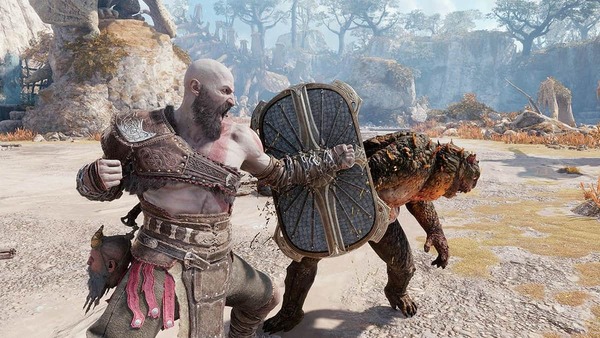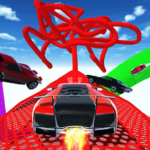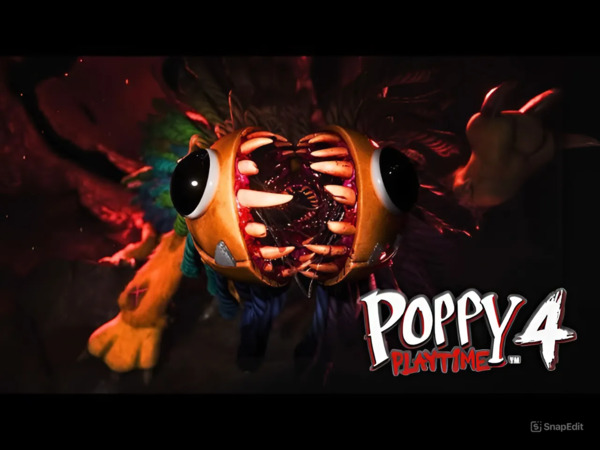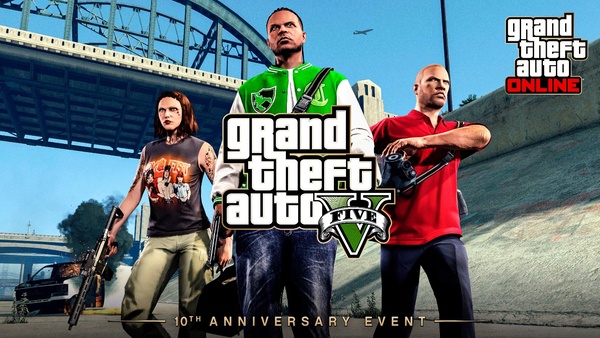Garena Free Fire: Kalahari is a standout evolution in the world of mobile battle royale games. As an expansion of the original Free Fire universe, the Kalahari map introduced an entirely new way to experience high-speed survival in one of the harshest desert environments. With vertical terrain, high-risk loot zones, and explosive mid-range combat, Kalahari forces players to rethink every strategy they thought they knew.
This isn't just a reskin or side mode—it’s a radical change in pace and style. By combining Free Fire’s trademark mobility and compact firefights with unique environmental dynamics, Kalahari has become one of the most loved and feared battlegrounds in the game.
1. The Birth of Kalahari: A New Desert Arena
The Kalahari map was officially introduced in 2020 as part of a major Free Fire update aimed at diversifying gameplay and increasing tactical depth. Unlike the lush Bermuda or coastal Purgatory, Kalahari was a dry, vertical, and exposed landscape built to challenge even the most experienced survivors.
Inspired by the real-world Kalahari Desert in Southern Africa, this map was designed to simulate extreme terrain with:
-
High cliffs and canyons
-
Sand-filled abandoned buildings
-
Strategic sniping points and ambush zones
Kalahari was more than a visual update—it brought a fundamental shift in how Free Fire players approached combat, positioning, and mobility.
2. Terrain and Layout: Vertical Combat at Its Best
The core challenge of Kalahari lies in its elevation differences and open spaces. While other maps encourage wide flanking routes and jungle ambushes, Kalahari demands careful height control, cover usage, and long-range awareness.
Key zones include:
-
The Submarine Base: great for loot, deadly for ambushes
-
Command Post: multi-tiered platforming and vertical firefights
-
Refinery: popular drop point with intense early-game battles
Kalahari teaches players to think in three dimensions—scaling walls, ziplining, and rotating with foresight are crucial. Height is power, but isolation is risk.
3. Loot Distribution and Drop Strategies
Compared to other Free Fire maps, Kalahari has higher-level loot zones that attract early skirmishes. This makes your drop decision one of the most important in the match.
High-tier areas include:
-
Refinery (level 3 armor, snipers)
-
Shrine (hidden loot with spiritual aesthetic)
-
Stone Ridge (great visibility but limited cover)
Many Kalahari veterans employ "hot-drop and rotate" strategies, where they secure fast loot in combat-heavy zones before quickly moving to less contested areas. The map rewards bold plays—but punishes poor positioning harshly.
4. Weapons Meta on Kalahari
Kalahari’s structure favors mid- to long-range weapons due to open sightlines and vertical shootouts. Snipers, marksman rifles, and scoped ARs dominate engagements.
Popular weapons for Kalahari include:
-
AWM or Kar98k for top snipers
-
SCAR, M4A1, and Groza with scopes
-
Plasma Gun for close quarters in the Submarine Base
Because flanking and stealth are more difficult on this map, raw aim and reaction time become more critical than in Free Fire’s jungle or urban maps.
5. Vehicle and Mobility Systems
Vehicle usage on Kalahari is limited compared to other maps due to the narrow paths, cliffs, and elevated combat zones. Instead, players must rely on:
-
Zip lines
-
Grapple systems
-
Climbing and fast rotations through tunnels
Mobility perks like Chrono’s shield, Kelly’s sprint, and Alok’s healing aura become more valuable here than ever. Movement isn’t just for dodging bullets—it’s a survival tool when crossing long, open dunes.
6. Character Skills and Kalahari Synergy
The best characters for Kalahari are those that boost mobility, sustainability, or vision. Due to the scarcity of cover, staying agile and aware is essential.
Top characters include:
-
Clu (enemy locator in open terrain)
-
Alok (HP regeneration during long fights)
-
Skyler (countering enemies using gloo walls for cover)
-
Kenta (reducing frontal damage when exposed)
Synergizing skills with Kalahari’s layout is key. A well-coordinated squad using vision and healing abilities can dominate the desert battleground.
7. Ranked Play and Kalahari's Competitive Edge
In Ranked Mode, Kalahari is known for producing high-intensity, fast-closing zone matches. The open landscape leads to early eliminations, with the final circles often forming near unforgiving cliffs or tight buildings.
Kalahari ranks are especially challenging because:
-
Aggression is rewarded early, but punished late
-
Few safe zones allow extended healing
-
Endgame terrain often favors high-ground campers
Competitive teams in esports scrims often ban Kalahari for its unpredictability, but top-tier squads use it as a training ground to sharpen reflexes and coordination.
8. Visual Style and Environmental Effects
Kalahari’s visual design is striking—sun-scorched skies, dusty horizons, and crumbling ancient structures. The map’s ambient lighting, color palette, and fog layers all contribute to its cinematic aesthetic.
The environment isn’t just for looks:
-
Sandstorms occasionally reduce visibility in certain areas
-
Sun glare affects sightlines during specific times of day
-
Crumbling ruins provide thematic tension during fights
These visuals enhance the immersion and distinguish Kalahari from Free Fire’s other, more tropical settings.
9. Community Feedback and Updates
Initially, Kalahari received mixed reviews—some players loved the intensity, while others struggled with the exposed terrain and sniping meta. However, over time, the map earned appreciation for its uniqueness.
Garena has continued to tweak Kalahari with:
-
Improved loot balance
-
Adjusted safe zone behavior
-
Special events and themed skins tied to the map
Kalahari now stands as one of the most strategically demanding and narratively rich maps in the game, especially for advanced players.
10. Kalahari's Role in Free Fire's Future
As Free Fire continues to grow globally, Kalahari represents a step toward more ambitious and tactical environments. With Free Fire MAX offering enhanced graphics and effects, Kalahari has become a showcase for what the engine can achieve visually and technically.
Looking ahead:
-
New events tied to Kalahari lore are expected
-
More characters may receive passive skills suited for desert combat
-
Community maps and creative modes could expand on Kalahari’s aesthetic
Garena’s continued support ensures that Kalahari remains a vital part of Free Fire’s competitive and casual landscape.
Conclusion
Garena Free Fire: Kalahari delivers one of the most intense, strategic, and visually distinct battle royale experiences in mobile gaming. With its vertical terrain, unique loot zones, and punishing visibility, it forces players to adapt, rethink, and overcome.
For those seeking fast-paced survival with deep tactical elements, Kalahari isn’t just another map—it’s a test of true Free Fire mastery. Whether you're dropping solo or squadding up, the desert is unforgiving—but full of glory for those who endure.

































